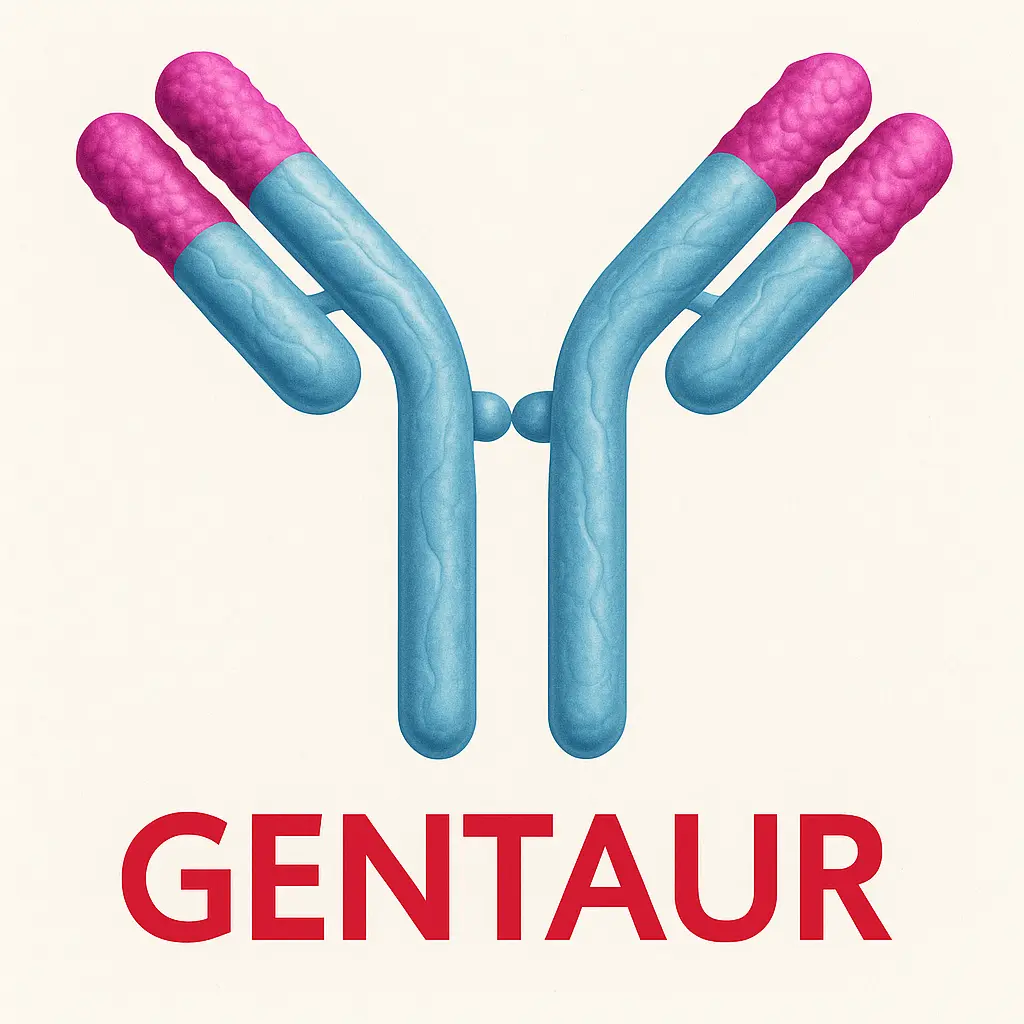ELISA BNIP3L anti-
Quantity :50µL
Clone Number:
Aliases:Adenovirus E1B19k binding protein B5 antibody; Adenovirus E1B19K-binding protein B5 antibody; BCL2/adenovirus E1B 19 kd protein interacting protein 3a antibody; BCL2/adenovirus E1B 19 kDa protein interacting protein 3A antibody; BCL2/adenovirus E1B 19 kDa protein-interacting protein 3-like antibody; BCL2/adenovirus E1B 19 kDa protein-interacting protein 3A antibody; BCL2/adenovirus E1B 19kDa interacting protein 3 like antibody; BNI3L_ antibody; BNIP3a antibody; BNIP3H antibody; BNIP3L antibody; BNIP3L protein antibody; NIP3 like protein X antibody; NIP3-like protein X antibody; NIP3L antibody; NIX antibody
Product Type:Polyclonal Antibody
Immunogen Species:Homo sapiens ()
UniProt ID:O60238
Immunogen:Recombinant BCL2/adenovirus E1B 19 kDa protein-interacting protein 3-like protein (1-187AA)
Raised in:Rabbit
Reactivity:
Tested Applications:ELISA, IHC; Recommended dilution: IHC:1:20-1:200
Background:Induces apoptosis. Interacts with viral and cellµLar anti-apoptosis proteins. Can overcome the suppressors BCL-2 and BCL-XL, althoµgh high levels of BCL-XL expression will inhibit apoptosis. Inhibits apoptosis induced by BNIP3. Involved in mitochondrial quality control via its interaction with SPATA18/MIEAP: in response to mitochondrial damage, participates to mitochondrial protein catabolic process (also named MALM) leading to the degradation of damaged proteins inside mitochondria. The physical interaction of SPATA18/MIEAP, BNIP3 and BNIP3L/NIX at the mitochondrial outer membrane regµLates the opening of a pore in the mitochondrial double membrane in order to mediate the translocation of lysosomal proteins from the cytoplasm to the mitochondrial matrix. May function as a tumor suppressor.
Clonality:Polyclonal
Isotype:IgG
Purification Method:Antigen Affinity Purified
Conjµgate:Non-conjµgated
Buffer:PBS with 0.02% sodium azide, 50% glycerol, pH7.3.
Form:Liquid
Stroage:Upon receipt, store at -20°C or -80°C. Avoid repeated freeze.
Target Names:BNIP3L
Research Areas:Cancer; CardiovascµLar; Cell biology; Metabolism
Our latest content
Check out what's new in our company !
Your Dynamic Snippet will be displayed here... This message is displayed because you did not provide both a filter and a template to use.

